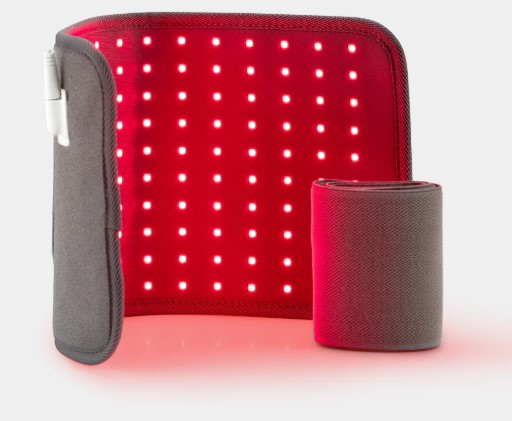
Accelerating Achilles Rupture Recovery: The Benefits of Red Light Therapy
Share
Disclaimer: not medical advice
An Achilles rupture is one of the most challenging injuries for both athletes and everyday individuals. Recovery can be long, painful, and frustrating. However, advancements in non-invasive therapies offer promising ways to support the body’s natural healing process. One of the most compelling options is Red Light Therapy (RLT)—a treatment that’s gaining popularity for its ability to reduce pain, speed up tissue repair, and enhance circulation.
In this post, we’ll explore how red light therapy works and why it may be a game-changer for those recovering from an Achilles tendon rupture.
What Is Red Light Therapy?
Red light therapy involves exposing the body to low wavelengths of red or near-infrared light. These wavelengths penetrate deep into the skin and muscles, stimulating the mitochondria in your cells—the "powerhouses" that produce energy. When cells have more energy, they function more efficiently and heal more quickly.

How Red Light Therapy Aids Achilles Recovery
1. Stimulates Collagen and Tissue Repair
Achilles tendon injuries often require the body to rebuild and reorganize connective tissue. Red light therapy enhances collagen production, which is crucial for tendon healing. More collagen means stronger, more elastic tissue—essential for a full recovery.
2. Reduces Inflammation and Swelling
Inflammation is the body’s natural response to injury, but excessive inflammation can slow healing and increase pain. Red light therapy helps modulate the body’s inflammatory response, reducing swelling around the Achilles and allowing for better mobility during rehab.
3. Improves Circulation
Enhanced blood flow brings oxygen and nutrients to damaged tissues and helps remove waste products. Red light therapy increases microcirculation, accelerating recovery and reducing the risk of complications like stiffness or scar tissue formation.
4. Decreases Pain Naturally
Red light therapy has been shown to reduce nerve pain and muscle soreness by inhibiting the transmission of pain signals. This can help patients rely less on medication and stay more engaged in physical therapy exercises.
5. Non-Invasive and Safe
Unlike injections or surgeries, red light therapy is painless, drug-free, and low-risk. It can be used alongside physical therapy, stretching routines, and mobility work without interfering with other treatments.
When to Use Red Light Therapy
Red light therapy is most effective when used consistently and early in the recovery process (once approved by your healthcare provider). It can be applied in clinical settings or even at home using FDA-cleared red light therapy devices.
Important Note: Always consult with your orthopedic surgeon or physical therapist before starting any new treatment, especially if you've recently had surgery or are in the early stages of recovery.
Conclusion
Healing from an Achilles tendon rupture can be a slow and demanding process, but tools like red light therapy offer promising support. By stimulating cellular repair, reducing inflammation, and managing pain, red light therapy empowers patients to take a more active role in their recovery and get back on their feet—literally.
If you're recovering from an Achilles rupture and looking for complementary therapies to enhance your healing, red light therapy is worth considering.
